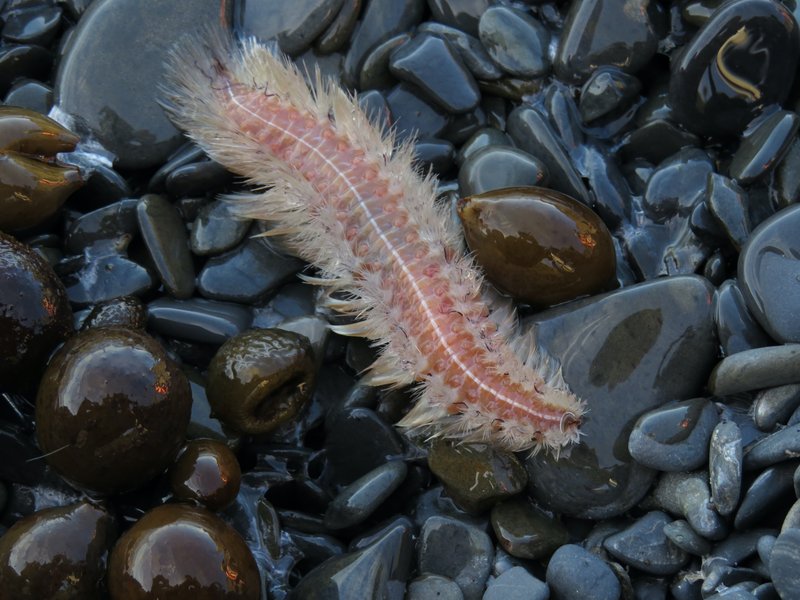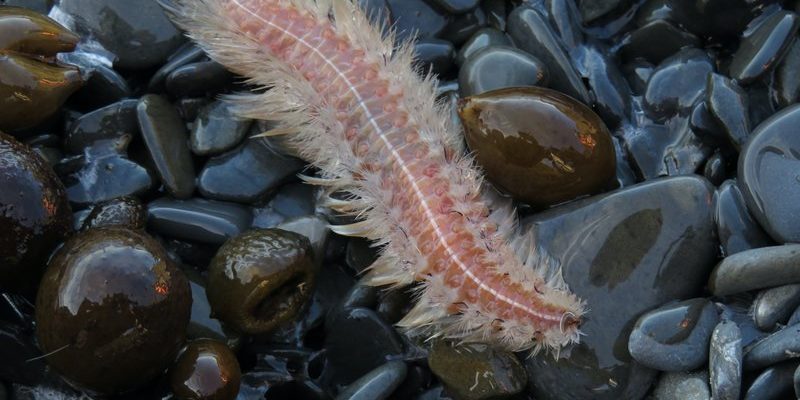
When bristle worm populations crash, it can be a sign of something deeper going wrong in their environment. Just like canaries in a coal mine, these little critters can indicate larger issues in the ecosystem. So, let’s dive into the factors that lead to these population crashes and what it means for our oceans.
What Are Bristle Worms and Why Are They Important?
Bristle worms are segmented worms belonging to the class Polychaeta. They’re found in various marine environments, from shallow waters to the deep sea. With their bristly, hair-like structures (even if they sound a bit creepy), they primarily feed on detritus—decaying organic matter—making them essential for nutrient cycling. Think of them as nature’s cleanup crew, breaking down waste and recycling it back into the environment.
These worms also serve as a food source for a variety of marine animals. Fish and crustaceans rely on them as an important part of their diet. When bristle worm populations crash, it can disrupt the entire food web, affecting everything that depends on them. So, it’s not just about the worms; it’s about the ripple effect on the entire ecosystem.
Common Causes of Population Decline
So, what leads to a sudden drop in bristle worm numbers? Here are a few key factors:
- Pollution: Chemicals from agriculture and industrial runoff can drastically alter their habitats. High nutrient levels can lead to algal blooms, which consume oxygen and create dead zones where bristle worms can’t thrive.
- Habitat Destruction: Activities like coastal development or trawling can physically destroy the habitats that bristle worms need to survive. Without suitable environments, their populations can plummet.
- Climate Change: Rising ocean temperatures and acidification can create unfavorable conditions for these worms. Changes in water temperature can disrupt their breeding cycles and overall health.
Each of these factors plays a role in the well-being of marine ecosystems. If bristle worms can’t adapt or find clean environments to live in, their populations may crash.
The Role of Predation
Honestly, predation can lead to significant population declines as well. When natural predators increase—due to a change in the ecosystem or human intervention—bristle worms can face overpredation. A sudden influx of fish or crabs that feast on these worms can tip the balance, leading to a crash.
It’s like trying to survive in a crowded city where resources are scarce. If too many residents move in, there might not be enough food to go around. Similarly, when too many predators enter a bristle worm’s habitat, it can lead to a rapid decline in their numbers.
Impact of Overfishing
You might be wondering how overfishing connects to bristle worm populations. When overfishing occurs, the balance of marine life is disrupted, which can lead to an increase in certain species while decreasing others, including bristle worms.
Taking out too many fish might sound beneficial for worms, but it can actually create a chaotic environment. Without natural checks and balances, populations of certain fish that feed on bristle worms can explode. This creates intense competition for the bristle worms, leading to population crashes.
Significance of Biodiversity
The health of bristle worms is a clear indicator of overall ocean health. When their populations decline, it can signify a loss of biodiversity in their ecosystems. Biodiversity is important because it ensures that ecosystems can withstand environmental changes.
Imagine a team where everyone has a specific skill—if you lose key players, the whole team can struggle. Similarly, when bristle worms are absent from their environment, it can weaken the entire marine ecosystem. Fewer species can mean less resilience against disease, pollution, and climate change.
Rehabilitation and Recovery Efforts
Fortunately, there are steps that can be taken to restore bristle worm populations. Initiatives like habitat restoration, pollution mitigation, and sustainable fishing practices can make a big difference.
- Reducing Pollution: Implementing policies to reduce runoff and preserve marine habitats can create healthier environments for bristle worms.
- Creating Marine Protected Areas: These areas can help sustain populations by providing safe habitats free from disturbances.
- Raising Awareness: Educating the public on the importance of marine ecosystems can lead to more support for conservation efforts.
By working together—think of it as a community trying to revitalize a local park—humans can help restore balance to these vital ecosystems.
When bristle worm populations crash, it’s not just their survival that’s at stake—it’s a reflection of larger environmental issues that need addressing. By understanding the reasons behind these declines, we can work towards protecting marine ecosystems and ensuring the health of our oceans.
Our world relies on these small yet crucial creatures, and the health of bristle worms is tied to the overall condition of marine environments. If we take action now, we can help prevent further crashes and ensure that these oceanic cleanup crews continue to thrive.

